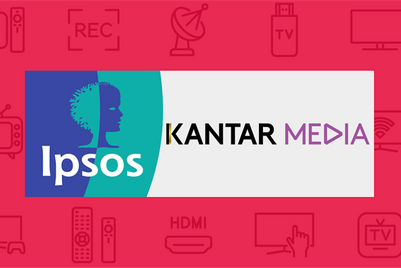
The Business Elite (BE) Asia study, by Ipsos MediaCT, was conducted between December 2010 and June 2011. The questionnaire was administered via mail and online, garnering 6,846 respondents from business leaders of Hong Kong, Singapore, Indonesia, Malaysia, Philippines, South Korea, Taiwan and Thailand. Respondents for the survey were selected based on positions held in qualifying business establishments, and not based on personal wealth or income.
“Almost four in ten of Asia’s business elite (39 per cent) access online content via smartphones on a monthly basis,” says James Torr, director at Ipsos MediaCT. “However, instead of replacing other media, digital supplements their use of print and television. Asia’s business leaders require as much information from as many different sources as possible.”
Of the media titles Asia’s business leaders choose to consume, The Wall Street Journal Asia leads the daily title category with 20 per cent of respondents reading it. Financial Times is next with 16 per cent, followed by the International Herald Tribune with eight per cent.
Of the weekly titles, Time magazine attracted one quarter of the respondents, followed by Newsweek with 22 per cent and The Economist with 20 per cent. Monthly titles are lead by National Geographic with 23 per cent, Forbes with 21 per cent, and Readers Digest with 17 per cent.
Bloomberg Businessweek was not included in the results this year due to the recent change in its title, explained Ipsos global chief marketing officer Andrew Green. “When there is a significant change in the brand, we wait for two years of data before publishing,” he said at the study’s launch today.
Of the international TV channels chosen by Asia’s economic leaders, CNN leads with 30 per cent, followed by Discovery Channel with 22 per cent, and National Geographic with 20 per cent.
Almost four in ten (37 per cent) consume their online news via news.yahoo.com, 32 per cent via news.google.com, and 17 per cent read cnn.com. That news is quite often accessed via their smartphones, which 68 per cent now own.
|
Media usage |
BE:ASIA 2010 |
BE:ASIA 2011 |
|
Read the last issue of any print media |
98% |
98% |
|
Read the last issue of any international publication |
66% |
68% |
|
Visited any international media owner’s website in last month |
67% |
67% |
|
Watched an international TV channel yesterday |
52% |
50% |
|
Visited social networking sites |
29% |
34% |
|
Accessed online content through a Blackberry / mobile phone |
28% |
39% |
|
Used Wi-Fi networks outside the home or office |
40% |
49% |
|
Use digital media |
73% |
90% |
Besides media consumption, the BE Asia Study also covers sectors most invested in this demographic, such as travel, finance, hospitality, automobiles and luxury goods. With over half the world’s business elite now seeing China as leading the world’s economy, these sectors are more invested in Asia than ever.
The strong economic performance of Asia through the recent downturn has strengthened Asia’s leaders and has made them wealthier than ever. Their average personal net worth in this region has increased by 14 per cent to US$1.4 million. One in five now have a net worth of more than US$1 million. There is a higher proportion of millionaires amongst the Asian business elite than there is amongst the European business elite (20 per cent versus 17 per cent respectively).
“Asia’s business elite are involved in business purchase decision-making in excess of US$203 billion and have a combined personal net-worth of US$204 billion. They took 1.96 million flights last year and spent 4.1 million nights in hotels,” said Torr. “Their influence in these sectors is disproportionate to their numbers.”
With an average personal income of US$192,060, Asia’s business elite are choosing to spend on luxury goods. Almost one in three own a watch worth over US$5,000, 21 per cent own a piece of jewellery over that amount and a quarter are spending their money on fine wines.
“Taking into account their spending power and net worth the business elite remain the most important customers for a number of industries, representing the key to profitability for sectors such as finance, luxury goods and cars, airlines and hotels,” said Torr.






.png&h=334&w=500&q=100&v=20250320&c=1)

.jpg&h=334&w=500&q=100&v=20250320&c=1)
.jpg&h=334&w=500&q=100&v=20250320&c=1)






.jpg&h=268&w=401&q=100&v=20250320&c=1)


